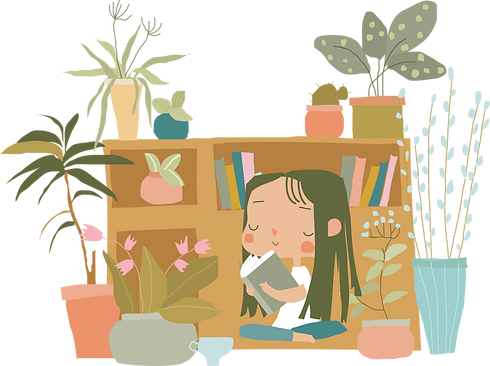语法故事
Story Grammar
This module is part of the Key to Learning programme. It aims to develops a love of story, ownership of story language and a profound understanding of story structure by following a specific set of procedures known as visual modelling.
Watch the introductory video below!

Overview
The Story Grammar® programme follows a specific set of procedures (Visual Spatial Modelling) for helping young children develop a love of story, ownership of story language and a profound understanding of story structure.
Why are these skills important?
All young children like to listen to fairy tales, but do they really understand them? Or are they just responding to the adult reading or telling the tale? Sometimes what we read is interesting but incomprehensible for the children. We need to be sure that the children are, in fact, following the story. If you tell stories often enough then gradually understanding will come. But is it possible to speed up this process? Let’s see!
How does Story Grammar work?
Learning to retell the story is a gradual process. How do we facilitate it? How do we help children to master Story Grammar? We start by providing a rich emotional experience of the story to ensure that the storyline becomes apparent to the children. We develop children’s deliberate attention when they are listening to a story. But how do we know that the children are listening? They may seem to be listening but how can we be sure that they are not thinking of something else? Maybe they are indeed listening to the story but are we sure they can identify the key events?
The essence of retelling the story is to be able to hold in mind its structure; in fairy tales events very often repeat themselves within this structure. Then we use a very effective process called visual-spatial modelling for helping young children to understand the content and sequence of events in a story (the actions) and to identify the relationships between characters. In visual modelling, we substitute one group of objects (tangible geometric forms) for another group of objects (real objects) and help children to create a mental link between the real object and the geometric form. This allows young children to hold in their hands the objects and characters that appear in a story – objects that are, in fact, imaginary and intangible.
Visual-Spatial Modelling is a complex process because children are using a spatial sequence to represent a temporal sequence. This activity is of particular benefit in developing abstract thinking skills. It helps to analyse essential events in a story. Children create a visual model of the story and then use the model to help them remember and retell it as independently as possible. We give the children practical, tangible support in developing control of their attention and their thinking. Therefore, we provide them with special materials – external mediators that will help young children hold in mind the structure of the story.
Choosing and showing substitute shapes helps the children to direct and maintain their own attention. Moving the shapes allows them to re-enact the most important events of the story. These external mediators help the children to focus on and remember important features and key events, rather than those that are simply salient. The madiators also help them to organise their attention and their mental activity.
How is Story Grammar beneficial for children?
For younger children the biggest difficulty is holding the structure of the story in mind. A visual model is a plan for retelling a story. When a child knows the structure of a story he/she is empowered to become very active in retelling it. The aim is for the teacher to support the children in recreating teacher generated visual models at first and then, gradually, to enable them to create their own visual models and their own stories.
